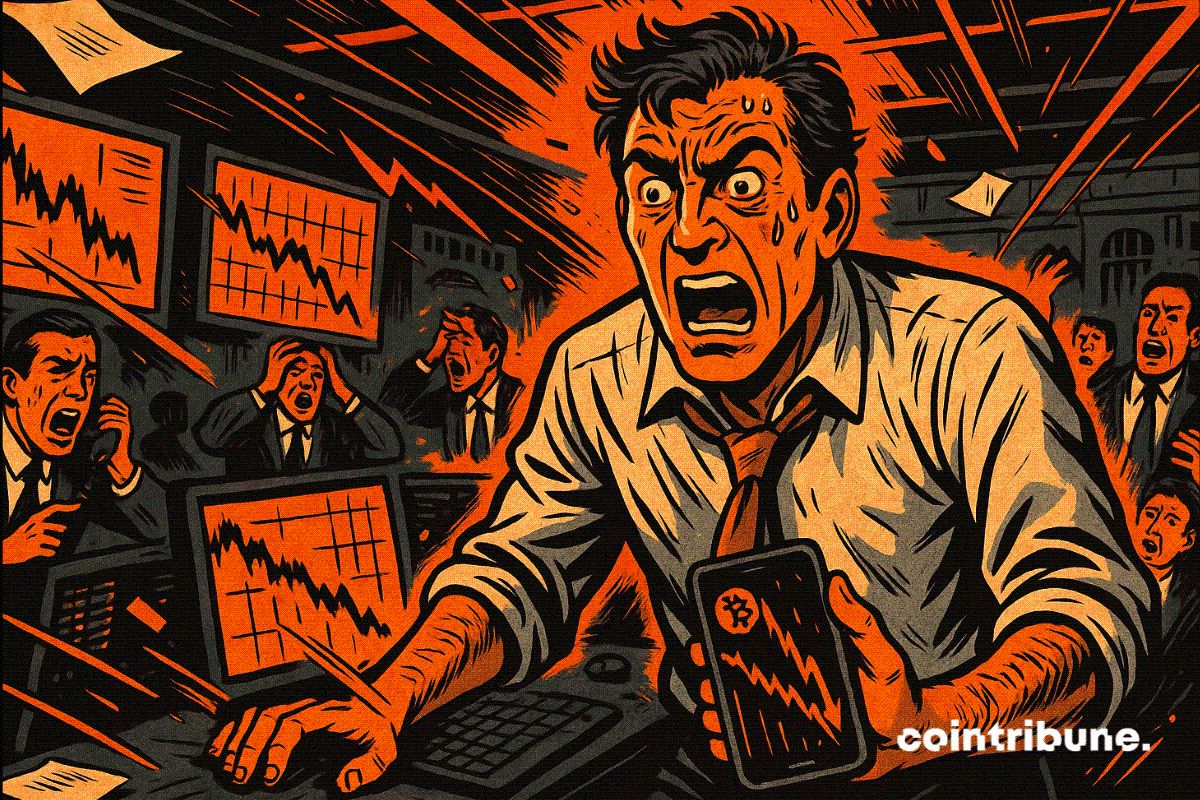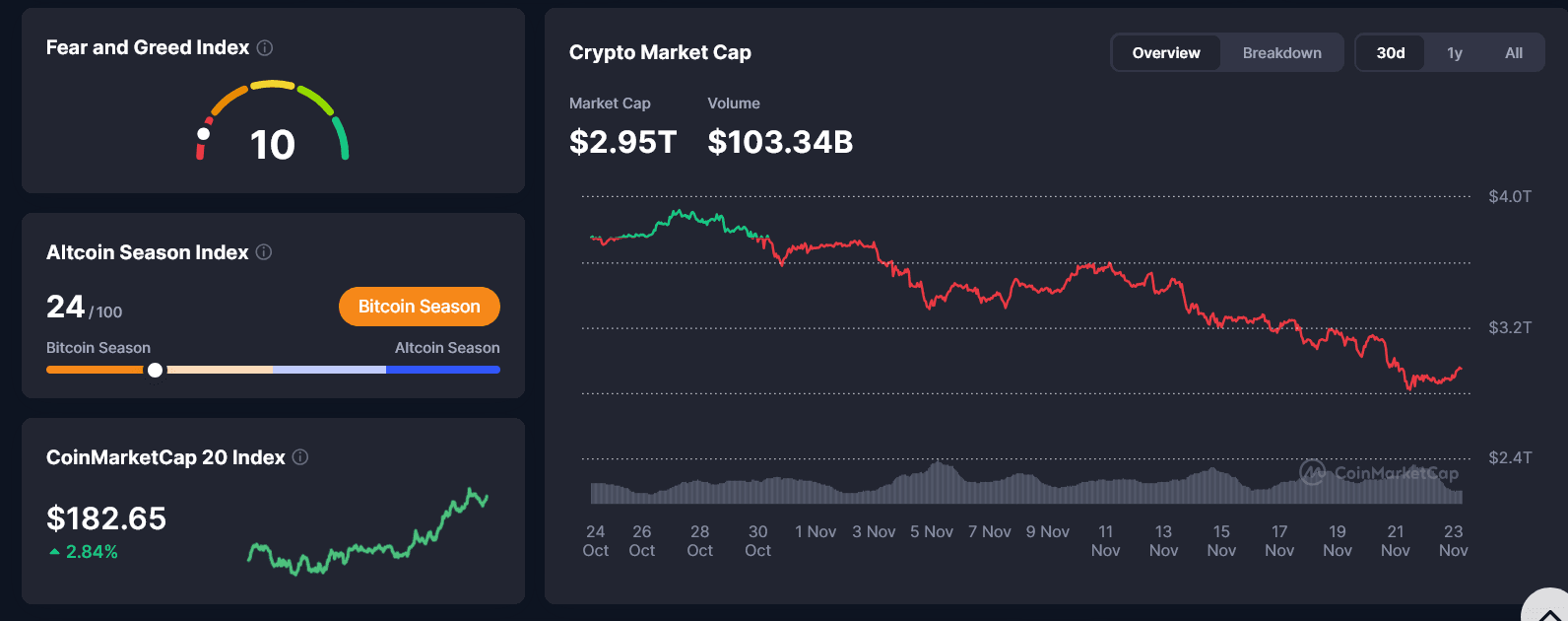Fed Policy Changes and the Increasing Link with Solana (SOL)
- Fed's 2025-2026 shift from QT to QE injects liquidity, impacting Solana's volatile market dynamics. - Japan's rising JGB yields influence U.S. Treasury dynamics, while Solana's price drops 32.5% amid ETF inflows. - Solana's DApp revenue rises but active wallets plummet, while ETFs drive $342M inflows despite price declines. - Derivatives show reduced leveraged bets ($7.2B OI) but positive funding rates signal institutional bullishness on Solana's long-term potential. - Macroeconomic volatility and Solana
Fed Policy and the Yield Curve: A Global Macroeconomic Catalyst
The Federal Reserve’s announcement to end QT by December 2025 and begin QE in January 2026
For digital assets, the Fed’s shift toward more liquidity has created a complex backdrop. Although QE is anticipated to encourage risk-taking,
Solana's On-Chain and Exchange Activity: A Tale of Two Metrics
Solana’s blockchain activity in November 2025 paints a nuanced picture. Decentralized applications (DApps) on the network generated over $16 million in revenue in the last week, with platforms such as Pump.fun and Ore leading the way. However, the number of daily active wallets has
In contrast, exchange data tells another story.
Derivatives Markets: Speculative Positioning and Funding Rate Fluctuations
Solana’s derivatives market offers further insight into speculative trends. The average open interest (OI) for
However, funding rates for Solana’s perpetual futures turned positive on November 5, 2025, as market participants became more optimistic
Macroeconomic Volatility and Leverage Ratios: A Delicate Balance
Historical patterns highlight Solana’s responsiveness to macroeconomic changes. Its beta, which has consistently exceeded 1.5,
Conclusion: Navigating the Macro-Crypto Nexus
The strong link between Federal Reserve actions and Solana’s performance in November 2025 highlights a larger pattern: cryptocurrencies are becoming increasingly influenced by macroeconomic realities. Although the Fed’s move to expand liquidity has helped stabilize risk assets, the combined effects of global yield curve shifts, speculative trading, and regulatory changes will shape Solana’s short-term direction. Investors should keep a close eye on derivatives indicators like open interest and funding rates, as well as ETF flows and blockchain activity, to assess the balance between optimism and caution. In this context, Solana’s durability—demonstrated by its $35 billion in Total Value Locked (TVL) and ongoing institutional investments—suggests that its long-term growth potential could surpass short-term market swings
Disclaimer: The content of this article solely reflects the author's opinion and does not represent the platform in any capacity. This article is not intended to serve as a reference for making investment decisions.
You may also like
Solo Bitcoin Miner Nets $266K in Rare Bitcoin Block Victory

The Rapid Rise of ZK (Zero-Knowledge) Assets and Protocols: How Network Enhancements and Institutional Embrace Impact Investments
- ZK protocols saw 2025 seismic growth via network upgrades and institutional adoption, reshaping investment theses for scalable, private blockchain infrastructure. - ZKsync's Atlas Upgrade achieved 43,000 TPS with $0.0001/tx costs, while Polygon and StarkNet secured $1B+ in adoption through EVM compatibility and 90% gas fee reductions. - Deutsche Bank , Walmart , and HSBC adopted ZKP for cross-chain settlements, supply chain transparency, and compliance, accelerating enterprise-grade use cases. - ZKP mark
Bitcoin News Update: Institutions Choose Bitcoin as Protection Against Inflation, Not as a Payment Method
- BlackRock highlights rising institutional demand for Bitcoin as a "digital gold" hedge against inflation, not a payment tool. - Abu Dhabi's ADIC tripled its $517.6M stake in BlackRock's IBIT ETF, reflecting confidence in Bitcoin's long-term value preservation. - BlackRock develops a staked Ethereum ETF but faces regulatory hurdles, while crypto treasury firms like FG Nexus struggle with asset valuation pressures. - Institutional adoption accelerates globally, with Latin America expanding crypto infrastru
What's Next For the Crypto Market?
